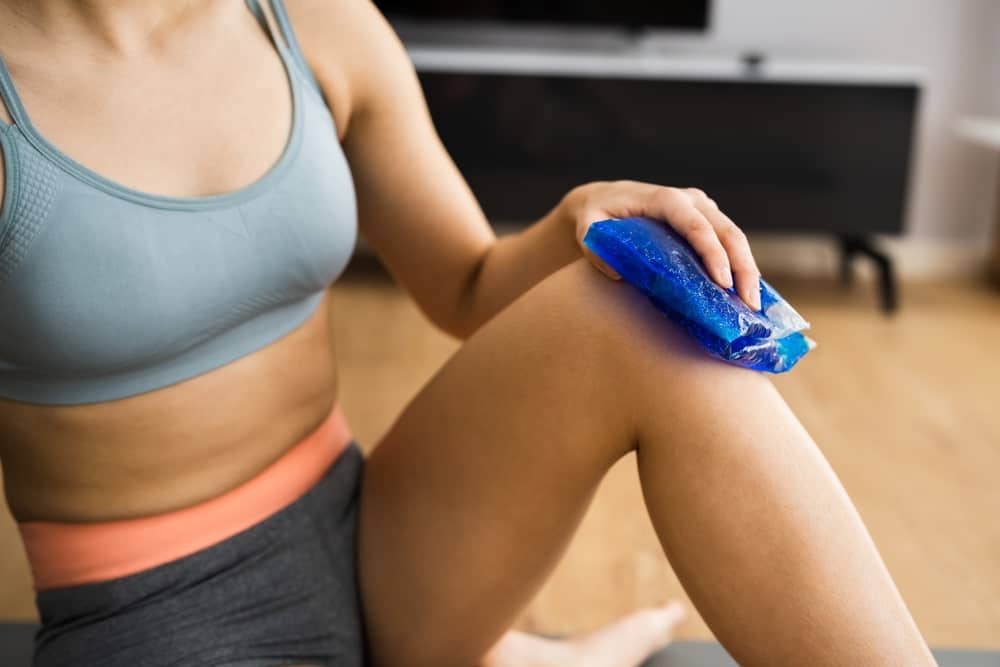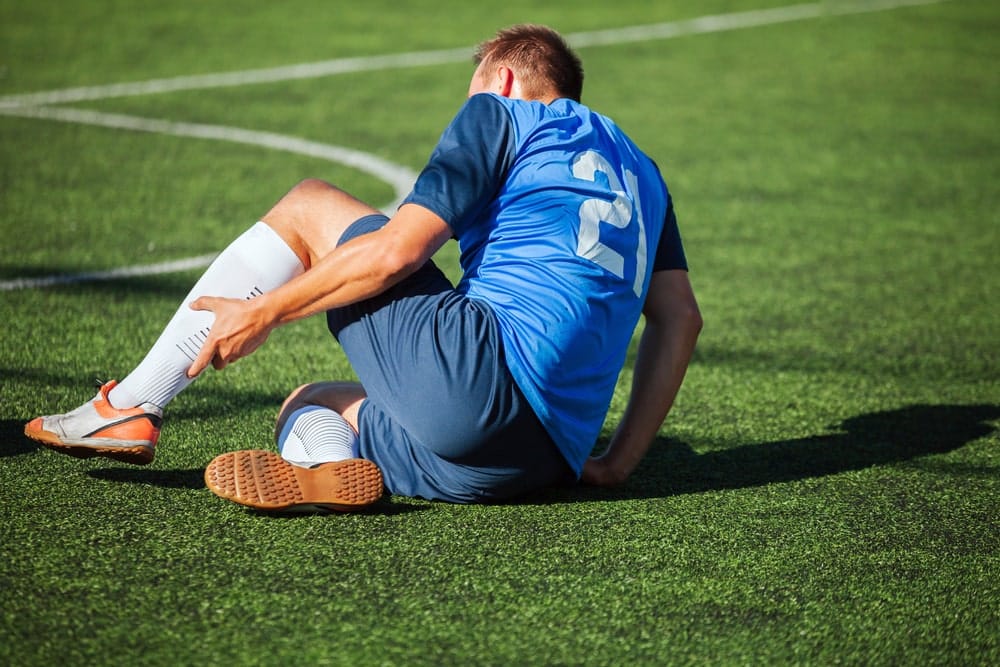When pursuing our passions on the field or the court, sports injuries can sometimes stand in the way of our game. According to the American Academy of Orthopaedic Surgeons, sports-related injuries are most frequent in football, girls' soccer, and boys' wrestling - but can occur from any physical activity, from taking a walk or playing with the kids.
Among these challenges, athletes' most common injuries are sprains, strains, and concussions. In this comprehensive guide, we'll look into these injuries, their causes, and effective treatments, ensuring that athletes of all ages can stay informed and play their best. Whether you're a seasoned pro or just getting started, understanding these common injuries is key to a successful sports journey.
How to Treat Minor Sports Injuries
When it comes to sports injuries, one golden rule applies: pain is not something to power through. Ignoring the pain of an injury, whether it's acute or due to overuse, can lead to further harm. Stopping immediately is crucial when discomfort arises during a specific movement or activity. Your body's signals shouldn't be ignored, as pushing on might worsen the situation.

The primary goals of treating a sports injury are to facilitate the injured area's recovery and safeguard against future injuries. The RICE method is a go-to approach for minor injuries, such as a sprain or strain, and can make a significant difference. Here's how you can apply it effectively:
- Rest: Give the injured area a break by avoiding activities that involve using it for at least a day or two. It's essential to refrain from putting weight on or utilizing the injured joint or limb.
- Ice: Applying an ice pack to the injured area in intervals of 20 minutes, four to eight times a day, can significantly alleviate swelling. Opt for a cold pack, ice bag, or a plastic bag filled with crushed ice, all wrapped in a towel. Remember not to extend the ice application beyond 20 minutes, as prolonged exposure could lead to cold injury and frostbite. (Note: Avoid using heat immediately after an injury, as this might exacerbate internal bleeding or swelling. Heat can be beneficial later on for relaxing muscles and easing tension.)
- Compression: Tending to the injured area with gentle pressure can help minimize swelling. An elastic bandage is an excellent choice for compression, but be cautious not to wrap it too tightly, as it could restrict circulation.
- Elevation: Whenever possible, elevate the injured ankle, knee, elbow, or wrist using a pillow, positioning it above heart level. This practice can effectively aid in reducing swelling and promoting the healing process.
How to Treat a Concussion
Signs and symptoms of a concussion usually manifest shortly after the injury. Keep an eye out for the following indicators:
- Headache or a sense of pressure in the head.
- Balance problems, dizziness, double or blurry vision.
- Sensitivity to light or noise.
- Nausea or vomiting.
- Feeling extremely tired, sluggish, hazy, foggy, or groggy.
- Confusion, challenges with concentration, or memory issues.
- A general feeling of being "off" or down.
After a concussion, your healthcare provider might decide to monitor you in the emergency room. Upon release, having someone stay with you at home for a day or two to monitor your condition is advisable. Follow their guidance on avoiding strenuous activities, sports, and tasks requiring intense focus.
Limit activities demanding heavy concentration, such as school tests or work tasks. Gradually, as your symptoms fade, you can resume normal activities. Recovery time varies from weeks to months, with rare cases experiencing symptoms lasting for years. Consulting a concussion specialist is advisable if your symptoms persist or worsen after a few days.

When to See a Sports Medicine Specialist for a Sports Injury
Taking care of your body while staying active is essential for a fulfilling life. However, injuries can happen to anyone, no matter how cautious you are. The question arises: when should you seek medical attention for a sports injury? Is it best to tough it out or let time heal the wound?
Whether you're a runner, skier, mountain biker, football player, or engage in any sports-related activity, if an injury is keeping you from an activity you enjoy, these guidelines will help you navigate post-injury recovery and keep you in the game:
- Intense Pain and Bone Deformity: If you suspect a bone fracture due to intense pain and deformity, immediate medical assessment is crucial.
- Inability to Bear Weight: If you can't put weight on the injured area, it's a sign to seek medical attention.
- Tingling, Numbness, Swelling, or Redness: Unusual sensations or signs of infection require a medical evaluation.
- Worsening Pain: If the pain intensifies, consulting a specialist is recommended.
- Interference with Daily Life: When the injury hampers your day-to-day activities, expert advice is needed.
To get back in the game stronger than ever, reach out to the sports medicine specialists at OrthoUnited. Request an appointment today or visit one of our Express Care locations. In the meantime, gain insight from patient testimonials about their experiences. Your journey to recovery starts here!
